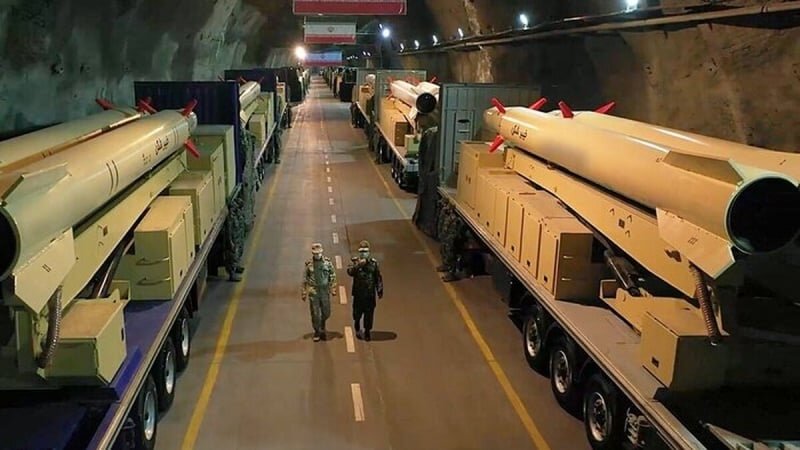Many of Iran’s arms not used during Israeli aggression, declares top commander

TEHRAN – A senior Iranian military commander says the Iranian Armed Forces have not yet shown many of their capabilities.
Brigadier General Hassan Hassanzadeh, a Tehran commander of Iran’s Islamic Revolution Guards Corps (IRGC), added the country stood up to the Israeli regime and the U.S. during the 12-day Israeli-imposed war on Iran, which amounts to defeating the entire NATO.
He said the U.S. is enraged at Iran’s military might, adding the Israeli regime is on the verge of collapse and does whatever it can to survive.
On June 13, Israel initiated an overt and unprovoked act of aggression against Iran, sparking a twelve-day conflict that claimed the lives of at least 1,064 individuals within the country, including military commanders, nuclear scientists, and ordinary civilians. The United States also entered the war by bombing three Iranian nuclear sites, an action in blatant violation of international law.
In retaliation, the IRGC executed a precisely orchestrated series of missile and drone strikes over the twelve days. These targeted assaults, unfolding in 22 distinct operational waves, effectively dismantled crucial Israeli military, intelligence, and technological infrastructure, ultimately compelling a cessation of hostilities. Since then, Iran has consistently affirmed its readiness to deliver a crushing response to any military aggression or any move jeopardizing its national security.
Over the past decades, Iran has achieved remarkable breakthroughs in its missile industry, successfully developing a comprehensive range of state-of-the-art missiles domestically. Iran's Armed Forces deployed these locally-developed missiles to counter the Israeli regime's act of aggression. Throughout the twelve days of this imposed war, Iran launched over 500 ballistic, cruise, and hypersonic missiles. These included missiles like the "Emad," known for its pinpoint accuracy; the highly maneuverable "Kheibar Shekan"; the medium-range "Haj Qasem"; and, deployed for the first time, the "Sejjil," boasting a 2,000-kilometer range and hypersonic speed. These strikes inflicted profound and multifaceted impacts on Israel's military-industrial infrastructure.
However, analysts contend that Iran refrained from using a substantial portion of its available weaponry during the conflict. Iranian attacks successfully struck several key targets in the occupied territories, including the Kirya (often referred to as Israel’s “Pentagon”), Camp Moshe Dayan (a training and operations center for military intelligence officers), Tel Nof (one of the most fortified airbases in the occupied territories), Nevatim (Israel’s primary base for operating U.S.-made F-35 stealth fighters), Hatzerim (another vital air base), and the Ovda airbase (a significant Israeli military installation reportedly housing command-and-control systems and electronic warfare capabilities).
Iranian Foreign Minister Abbas Araghchi told Al Jazeera in an interview published last week that Tehran possesses greater preparedness and capability now compared to during the 12-day war. "The only way to prevent a war is to be ready for it," he stated a few days later at a gathering in Iran’s western province of Hamedan.
Leave a Comment